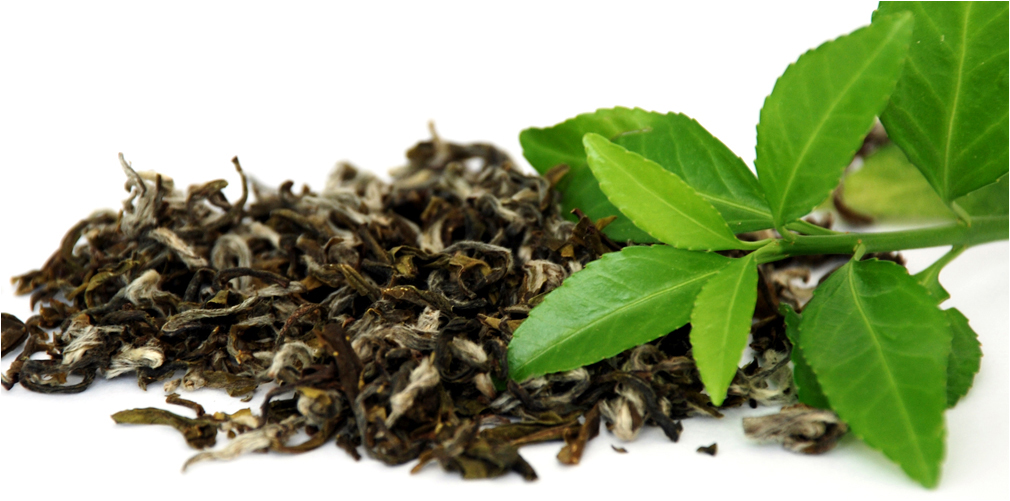| |
|
|
| |
|
|
| |
|
|
|
Tea History:
Commercial production of tea in India was started by the British East India Company in the 1820s when it took over large stretches of in Upper Assam from the Ahom Kingdom under the Yandaboo Treaty. The purpose was to break the Chinese monopoly on the growing Global Tea Market. Chinese varieties of tea were introduced using Chinese seeds, and Chinese planting and cultivating techniques. In order to promote the industry, the British offered free land in Assam to any European who agreed to cultivate tea for export. Maniram Dewan (1806-1858) was the first Indian tea planter, and is credited with establishing the first commercial plantations of the Assamese variety of tea.
The first English Tea Garden was established in Chabua in Upper Assam in 1837 under the Assam Tea Company that began commercial production in 1840. Beginning in the 1850s, the tea industry rapidly expanded, consuming vast tracts of land for tea plantations. By the turn of the century, Assam became the leading tea producing region in the world.
Tea was originally only consumed by Anglicized Indians, and it was not until the 1920s (and in rural North India, the 1950s) that tea grew widely popular in India through a successful advertising campaign by the Tea Board.
Prior to the British, the plant may have been used for medicinal purposes. Some cite the Sanjeevani tea plant first recorded reference of tea use in India. However, studies have shown that Sanjeevani plant was probably a plant unrelated to the tea plant (Camellia sinensis) and is likely to refer either to Selaginella bryopteris or to Desmotrichum fimbriatum.
|
|
| |
|
|
| |
 |
|
| |
|
|
| |
Present Scenario:
The Industry is major foreign exchange earner (746.46 Million USD in FY 2013-14) and directly employs 1.5 million people in the organized and unorganized sectors. This is a labour intensive Industry. It is one of the oldest organized industry sectors in India with a large network of stakeholders like tea producers, retailers, distributors, auctioneers, exporters and packers. India is world’s largest consumer, second largest producer and fourth largest exporter of tea and presently accounts for nearly 25% of global output (FY 2014-15 1197.18 million Kg). Nearly 20% of tea produced worldwide is consumed in India. Tea is cultivated in nearly six Lac hectares (accounting for 16% of the total area under tea cultivation in the world) in different parts of the country, producing about 1200 million kilograms of tea each year.
Health Benefits of Tea:
If you're not drinking tea yet, read up on these 10 ways tea does your body good and then see if you're ready to change your Starbucks order! |
|
| |
|
|
| |
 |
|
| |
|
|